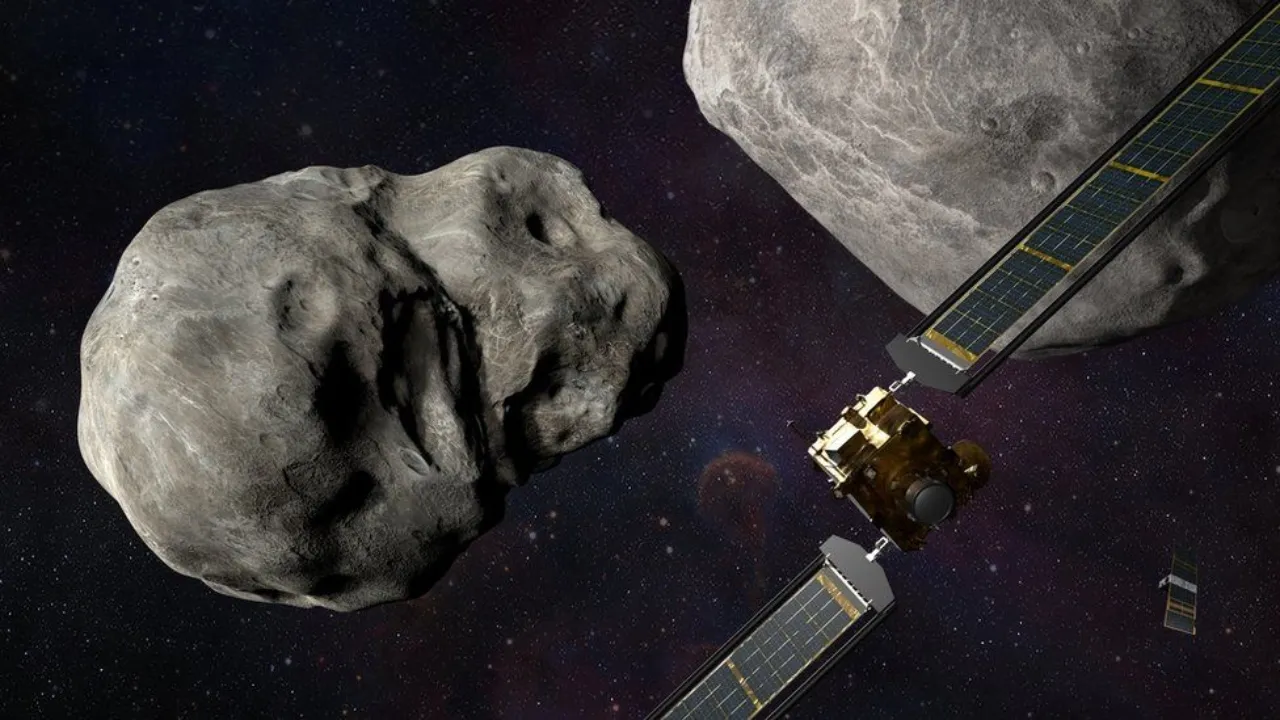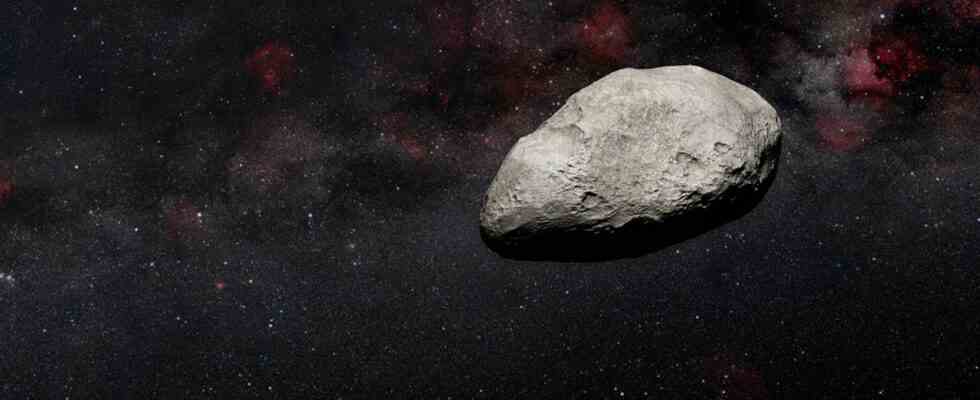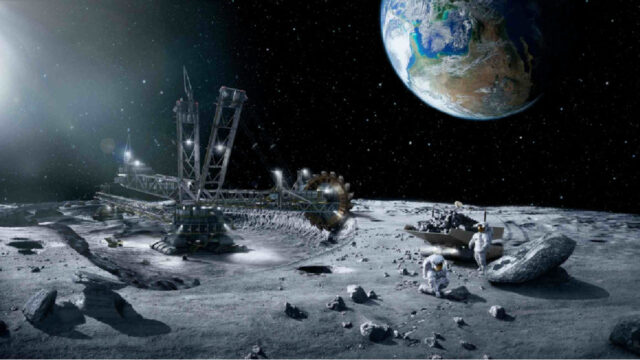Many different objects are floating in space. Mankind has continued to observe these objects for centuries. Although galaxies, stars and planets always attract attention, asteroids are also interesting celestial objects. The last image of the asteroid is quite unusual.
NASA continues to explore different types of celestial bodies
This asteroid, first discovered in 2011, came close to 1.7 million kilometers from Earth on February 3, allowing scientists to examine it. This asteroid, which is approximately 488 meters long and 152 meters wide, looks quite different from its other derivatives with this structure.
Lance Benner, chief scientist at NASA’s Jet Propulsion Laboratory, stated that this asteroid is one of the longest of 1,040 celestial objects detected so far close to Earth. The object, which draws attention with its long thin structure, is quite far from the general asteroid characteristic.
The object named 2011 AG5 has surprised scientists with its rotation speed as well as its long structure. It was determined that the asteroid, which was found to rotate quite slowly around itself, took hours to complete one rotation. After completing its orbit around the sun in 621 days, the asteroid’s next meeting with Earth will take place in 2040, at a distance of about 1 million kilometers.

Celestial bodies continue to pass by our planet on a regular basis. Last month, an asteroid passed safely just 3,500 kilometers above South America. NASA, which regularly observes the celestial bodies around us, successfully changed the orbit of a small asteroid with the DART mission in the past months.
The cylindrical asteroid, which was examined lastly, seems to have given astronomers an opportunity to better understand the diversity in space. So what do you think about celestial bodies? You can share your views with us in the comments section. You can watch our related video below.
Turkey’s adventure in the space race! – What has been done so far?



 shiftdelete.net
shiftdelete.net